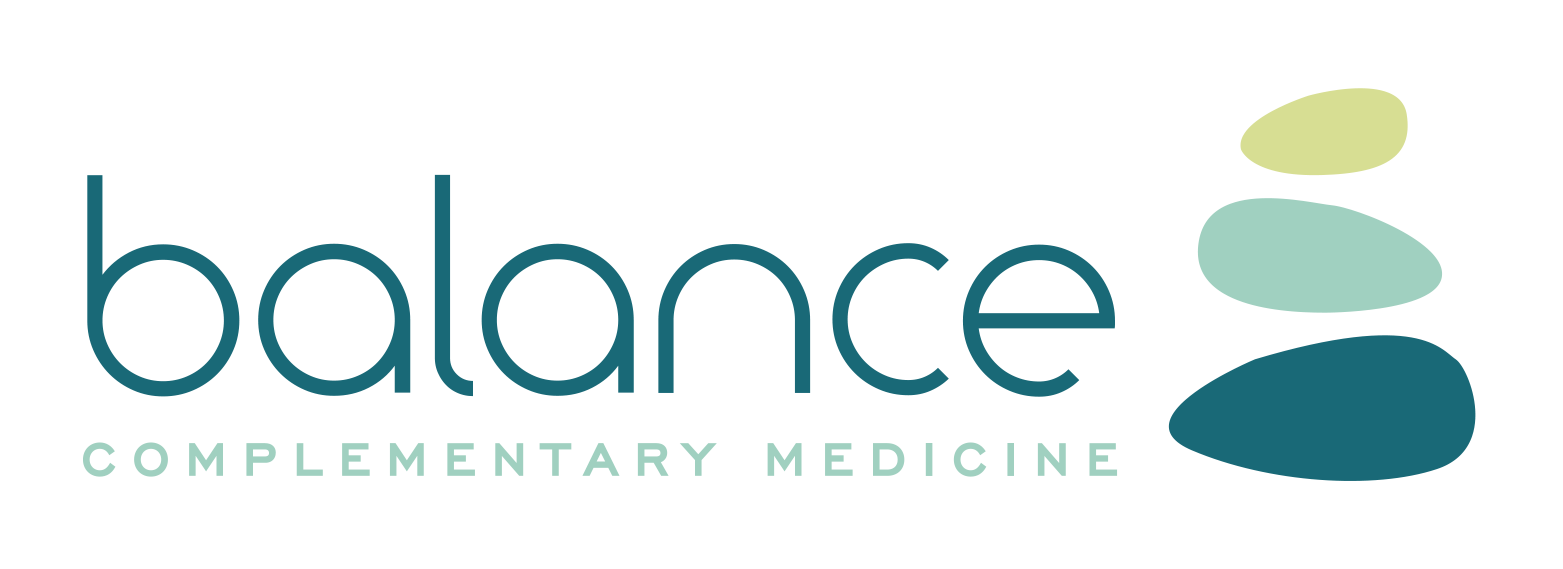FEMALE HORMONAL DISORDERS – with a spotlight on endometriosis
A well-functioning hormone network is a wonderful thing. The reproductive hormones – oestrogen, testosterone and progesterone develop our bodies for future reproduction in puberty, catalyse the formation of new life and nurture it through pregnancy and lactation; and then wind down reproductive energies as we move into the later stages of life.
Reproductive hormones also allow us to respond physiologically to our environment from day to day, creating adaptive responses to external challenges such as stress, exertion, or even falling in love.
However, dysfunctional hormones can create significant distress, especially in women…
“I am a hopeless little ball of pain and suffering all day.”
“I feel like a nutcase.”
“I feel like I’m out of control, on a downward spiral.”
These quotes demonstrate the all-powerful effects that female hormonal conditions can have, leaving a woman feeling totally out of control in her own body and mind.
For hormone-related conditions, conventional medicine offers few solutions: synthetic hormones and antidepressants are the most commonly used strategies, neither of which address the underlying drivers, and can be associated with risks of their own.
Simplifying The Treatment Of Hormones
Whether treating hormones with natural or conventional medicine, a significant barrier to care is being able to identify the hormone imbalance.
When we look at the typical abnormalities which can occur in female hormones, there are four characteristic patterns, which may occur in isolation or combination.
- Excessive oestrogen activity or poor oestrogen metabolism, manifesting as inflammation and growth. This occurs in the proliferation of uterine tissue in disorders such as fibroids and endometriosis.
- Deficient progesterone activity, typically creating mood disturbances, pain and infertility. Women with progesterone deficiency often present with premenstrual symptoms such as breast pain and fluid retention, and mood symptoms such as anxiety, irritability and depression. Progesterone also plays an important role in fertility and pregnancy.
- Deficient oestrogen activity, typically occurring in mid-life, resulting in mood disturbances and symptoms of heat and dryness. This presents in the common menopausal symptoms of hot flushes, sweating, vaginal dryness, skin thinning and wrinkling.
- Excessive testosterone activity, accompanied by an irregular cycle, very light period or lack of period and insulin resistance. Female patients with excessive testosterone may suffer from male-pattern hair growth, acne and anovulation – classically presenting as polycystic ovary syndrome (PCOS).
The good news is that Naturopathic medicine and Traditional Chinese medicine (TCM) may provide some relief of the hormonal imbalances. Your practitioner may use a combination of dietary advice, exercise, supplements herbs and acupuncture to whip those hormones back into shape!
Why Do Our Hormones Go Haywire?
Our liver and gut are responsible for the clearance of hormones (such as the naughty xenoestrogens that lead to all those terrible symptoms, mood disorders, pain and inflammation) and oestrogen metabolism. Our diets and environmental factors such as pollution, lots of plastics and chemicals can affect how we metabolise and clear our oestrogens. It is therefore really important to support the two organs responsible for hormone clearance; the liver and gut. Adapting a healthy clean healthy diet and lifestyle is one of the most important things you can be doing to make your hormones happy!
Stress and Sugar Not So Great for Happy Hormones
When we are stressed our body produces cortisol. Too much cortisol puts stress on our adrenal glands and plays havoc with our blood sugars and metabolism.
Our adrenal glands are involved in hormonal production of progesterone and an oestrogen-like substance produced by adrenals when women go through menopause (this helps reduce those nasty hot flushes and symptoms of menopause).
Adequate progesterone during the menstrual years also works with oestrogen and is important in a healthy, balanced cycle, fertility and results in reduction of pre-menstrual tension, fluid retention and pain.
Lots of sugar and excessive refined carbohydrates and lack of exercise can also lead to more likely insulin resistance which can worsen PCOS (polycystic ovarian syndrome).
A focus on Endometriosis: Period Pain is not Normal!
Endometriosis occurs when the endometrium (cells lining the uterus) grow in other areas of the pelvic region other than the uterus, where they are influenced by the menstrual cycle. Cyclic bleeding of ectopic endometrial tissue produces lesions which, although usually within the pelvic cavity, have been found elsewhere including the lungs, CNS, kidneys, digestive tract, rectum, bladder, vagina, cervix, vulva, thigh and arm. Most frequently the involved sites are ovaries, fallopian tubes, and the external surfaces of the bladder and uterus. Fibrosis and adhesions within the area may result, and may interfere with the ovum being released.
Endometriosis is commonly associated with, although is not a strict cause of, infertility.
Endometriosis is diagnosed by laparoscopy, usually when investigating causes of pelvic pain or infertility. Pain may be severe, radiate to the buttocks and perianal region, although it develops gradually and is often asymptomatic for years. The condition is under-diagnosed and is often mistaken for dysmenorrhoea (bad period pain).
While the cause remains uncertain, retrograde menstruation, oestrogen dominance, genetic predisposition, and autoimmunity are widely accepted theories. Because ectopic endometrial implants respond to external and internal hormones, medical treatment aims to suppress oestrogen
production to bring about amenorrhoea (lack of period), which halts retrograde menstruation and cause atrophy of implants/lesions.
Endometriosis can be categorised as:
- Mild – Small, localised implants/lesions.
- Moderate – Larger, more extensive implants; scar tissue may be present
- Severe – Large, widespread implants; extensive scar tissue
When endometriosis is confined to the muscular wall of the uterus, it is known as adenomyosis.
Aetiology / Risk factors
There is no known cause of endometriosis that they know of yet however there are some theories that have been put forward which may or may not contribute including:
- Obesity or being overweight
- Elevated oestrogen levels or oestrogen activity is suspected of causing endometriosis
- Autoimmune conditions
- Studies indicate that TCDD (dioxin) and formaldehyde (environmental toxicants), alter the action of oestrogen in reproductive organs and increase the incidence of endometriosis
- Retrograde (or reflux) menstruation
- Genetic predisposition (daughters of mothers having the disorder)
Signs and Symptoms
- Endometriosis is asymptomatic in one-third of cases. Symptoms typically begin several years after
onset of menstruation, progress as the ectopic endometrial deposits increase, and subside after
menopause.Most common symptoms include: - Pelvic pain cycling with menstruation, such as ovulation pain, pain during intercourse.
- Dysmenorrhoea (period pain)
- Infertility
- Pain with bladder/bowel function
- Intestinal pain
- Tenderness when affected areas are palpated
Naturopathic and Chinese medicine’s approach to endometriosis is to improve circulation and blood flow to the affected area, reduce inflammation and pain, and support healthy hormone metabolism. A good medical gynecologist is essential for both the proper diagnosis and management of endometriosis. is Your naturopathic and Chinese medicine practitioner will work together with your specialist’s treatment plan for a best of both worlds approach.
Acupuncture may provide much relief from the pain and discomfort that a women experiences throughout the month. From a Chinese medicine perspective, endometriosis can have many causes. Acupuncture is performed once to twice a week for 3 months at different stages of the menstrual cycle. Herbal medicine, nutrients and a healthy hormone diet prescribed specifically for the patient can work on relieving, pain and supporting healthy hormone metabolism.
Diet and Lifestyle
Dietary and lifestyle guidelines may assist in the management of endometriosis:
- Endometriosis is considered to be an oestrogen-dominant condition. Indole-3-carbinol is a natural compound that improves oestrogen clearance, and will aid in the management of endometriosis. It can be found in foods such as broccoli, cabbage, cauliflower, and other brassicas.
- Obesity, and associated insulin resistance, may contribute to endometriosis. Healthy dietary and lifestyle modifications aiming at correcting blood glucose levels, reduce adipose tissue and spare skeletal protein reserves will improve symptoms. Fat reduction decreases the peripheral conversion of androgen to oestrone which contributes to endometrial growth.
- Eliminate all known food allergens, as reacting to foods can lead to an inflammatory response and contribute to pain. The most common allergens are dairy, wheat, citrus, corn and soy.
- Eliminate alcohol, caffeine, chocolate, refined foods, food additives, sugar, and saturated fats (fatty meats and dairy products). These foods overload the liver which is responsible for the clearance of oestrogens and are also very inflammatory.
- Avoid exogenous oestrogens found in oestrogen-fed poultry and pesticide-sprayed fruits and vegetables. Avoid plastic wherever you can; wrap your food in paper towel and then in plastic wrap if you have to as the paper towel will help reduce the absorption of plastic into food. Eat only organic poultry and produce.
- Increase intake of whole grains, fresh vegetables, essential fatty acids (cold-water fish, nuts, and seeds), and vegetable proteins (legumes such as tofu), and go for organic lean meats. Include liberal amounts of liver-supporting foods such as beets, carrots, onions, garlic, dark leafy greens, artichokes, apples and lemons.
- Reduce alcohol as much as you can and get rid of any refined sugars in the diet as these foods are very inflammatory and don’t do you any favours for pain!
- During the menstrual period have only nourishing and warming foods such as soups or stews and warm drinks or at room temperature. From a Chinese medicine perspective cold or raw food and drink can “stagnate the flow of energy in the uterus” leading to lack of circulation in the pelvic area and increased pain.
Contact Us today to discuss if Naturopathy, Acupuncture and Chinese Medicine can help you.
info@balancemed.com.au
03 9585 6636
Copywrite Juanita Jolly Balance Complementary Medicine (cannot be reproduced without permission)




